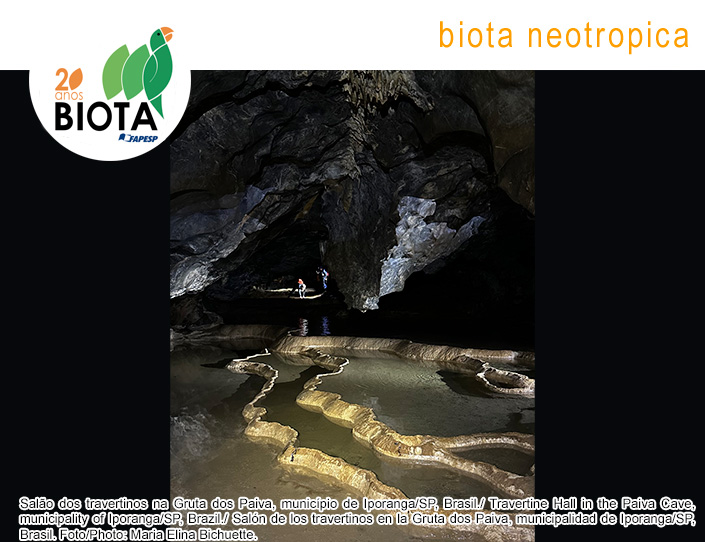Fruit-feeding butterflies guide of Restinga forests of the southern Brazilian Coastal Plain
Abstract
Abstract The study of fauna through short- and long-term inventories is essential for unveiling biodiversity at local scales and evaluating the patterns shaping biological communities’ structure over time. The butterfly assemblages of the Pampa and the subtropical Atlantic Forest are diverse, exhibiting high variation in species richness and composition. To contribute to understanding butterfly diversity in Rio Grande do Sul State, our study presents a field guide based on a compilation of fruit-feeding butterfly studies conducted in Restinga forests across the state’s southern and northern Coastal Plain. The compiled work was carried out over more than four years using entomological nets and Van Someren-Rydon bait traps and corresponds to four different areas: (i) a species list in Itapeva State Park, located in the municipality of Torres; (ii) a compilation of fruit-feeding butterfly inventories from studies conducted in Itapuã State Park, Viamão municipality; and (iii) a species list from fragments of Restinga forest in the municipality of Capão do Leão. Butterflies from the southern and northern portions of the Rio Grande do Sul Coastal Plain were compared in terms of species richness and composition. A total of 47 species from all subfamilies of Nymphalidae fruit-feeding butterflies were recorded, with 32 species identified in the southern region and 35 in the northern region. The southern Restinga forests presented 12 exclusive species and shared 20 species with the northern region, which has 15 exclusive species. The Jaccard similarity index revealed a 42.6% similarity in species composition between the two regions. Differences in species composition are likely influenced by the distinct phytophysiognomies of the coastal areas, with southern Restinga forests associated with the Pampa and northern forests influenced by the Atlantic Forest stricto sensu. Our work is important for developing conservation programs in the subtropical region, particularly for reliable diversity assessments aimed at monitoring and managing Protected Areas in Brazil, highlighting the importance of short- and long-term inventories. Such studies are essential in providing information for implementing environmental policies to mitigate biodiversity loss in the Anthropocene. Thus, these efforts are critical for maintaining native habitats and preserving the integrity of biomes and their associated fauna.Published
2025-01-01
How to Cite
Dutra, P. M., Schwantz, T., Richter, A., Oliveira, B. de, Santos, M. K. dos, Thomas, A. N., … Iserhard, C. A. (2025). Fruit-feeding butterflies guide of Restinga forests of the southern Brazilian Coastal Plain. Biota Neotropica, 25(3). Retrieved from https://www.biotaneotropica.org.br/BN/article/view/2131
Issue
Section
Inventories
